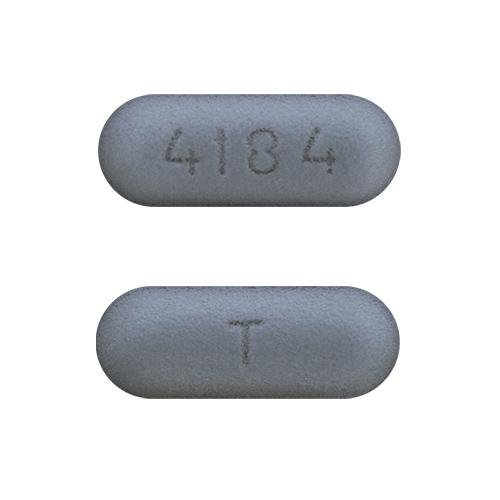Pazopanib Interactions
There are 710 drugs known to interact with pazopanib, along with 11 disease interactions, and 1 alcohol/food interaction. Of the total drug interactions, 171 are major, 521 are moderate, and 18 are minor.
- View all 710 medications that may interact with pazopanib
- View pazopanib alcohol/food interactions (1)
- View pazopanib disease interactions (11)
Most frequently checked interactions
View interaction reports for pazopanib and the medicines listed below.
- Afinitor (everolimus)
- Alcohol (contained in alcoholic beverages) (ethanol)
- Ativan (lorazepam)
- Cardizem CD (diltiazem)
- Coenzyme Q10 (ubiquinone)
- Combivent (albuterol / ipratropium)
- Compazine (prochlorperazine)
- Crestor (rosuvastatin)
- Fleet Enema (sodium biphosphate / sodium phosphate)
- Flomax (tamsulosin)
- Fosamax (alendronate)
- Keppra (levetiracetam)
- Lasix (furosemide)
- Lipitor (atorvastatin)
- Lovenox (enoxaparin)
- Lyrica (pregabalin)
- Metoprolol Succinate ER (metoprolol)
- Morphine Sulfate ER (morphine)
- Nexavar (sorafenib)
- Paracetamol (acetaminophen)
- Prilosec (omeprazole)
- Quercetin (bioflavonoids)
- Reglan (metoclopramide)
- Retinol (vitamin a topical)
- Singulair (montelukast)
- Vitamin B12 (cyanocobalamin)
- Vitamin B6 (pyridoxine)
- Vitamin D3 (cholecalciferol)
- Vitamin K2 (menaquinone)
- Zofran (ondansetron)
Pazopanib alcohol/food interactions
There is 1 alcohol/food interaction with pazopanib.
Pazopanib disease interactions
There are 11 disease interactions with pazopanib which include:
- bleeding
- liver dysfunction
- GI perforation
- CV disease
- hypothyroidism
- lung dysfunction
- QT prolongation
- hypertension
- PRES
- proteinuria
- thromboembolic disorders
More about pazopanib
- pazopanib consumer information
- Compare alternatives
- Pricing & coupons
- Reviews (92)
- Drug images
- Side effects
- Dosage information
- During pregnancy
- Drug class: VEGF/VEGFR inhibitors
- Breastfeeding
- En español
Related treatment guides
Drug Interaction Classification
| Highly clinically significant. Avoid combinations; the risk of the interaction outweighs the benefit. | |
| Moderately clinically significant. Usually avoid combinations; use it only under special circumstances. | |
| Minimally clinically significant. Minimize risk; assess risk and consider an alternative drug, take steps to circumvent the interaction risk and/or institute a monitoring plan. | |
| No interaction information available. |
See also:
Further information
Always consult your healthcare provider to ensure the information displayed on this page applies to your personal circumstances.


